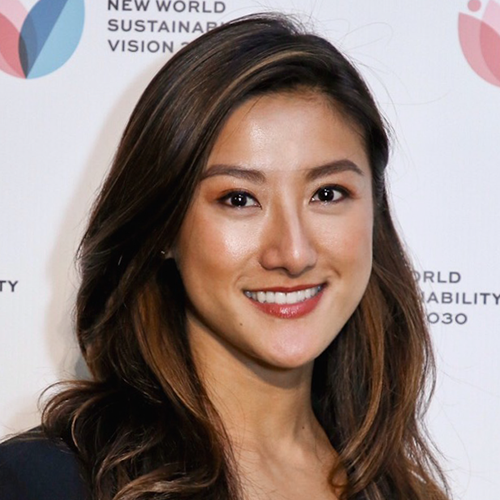
NOT too hot, not too cold. Our macroeconomic environment today can be described in the same way as in the children’s story where the little girl, Goldilocks, picked the porridge that was just the right temperature, while the three bears were out in the forest. In most parts of the world today, we see a modest acceleration of growth and limited inflationary pressures - just the economic environment which provides a constructive backdrop for financial markets.
Geopolitical risks (Brexit, Korean peninsula, trade tensions) aside, financial markets are witnessing a period of relative calm – most market indicators of risk are at benign levels, perhaps bolstered by gradually improving economic growth data and corporate earnings. It is during these periods of calm (or complacency depending on your view) that it’s worthwhile taking stock of potential risks in our investment allocation.
We believe inflation trends remain central to the H2 2017 market outlook. A continued move towards reflation (ie, stronger growth with modestly higher inflation) remains one of our most likely economic scenarios (35% probability, in our view). However, markets appear less convinced, with measures of expected inflation at lower levels from where they started 2017. The drop in inflation expectations has increased the likelihood of a muddle-through environment playing out over the next 12 months (we estimate a 40% probability of this outcome).
From an investment standpoint, we believe this tug-of-war between muddle-through and reflation outcomes still presents many investment opportunities. While we expect equities to do well under either scenario, the backdrop is also positive for a regular income-seeking investor. Reduced worries of an inflation spike, and, thus, bond yield surge, means a strategy which combines income generating assets across equity, fixed income and hybrid assets (convertible bonds, preferred stock and REITs) should do well. We expect the strategy to deliver a 4-5% yield alongside a positive total return.
In this benign environment, the inclusion of asset classes that offer a higher yield, but potentially carry a significant interest rate risk, should be less of a concern for a global multi-asset income investor. An example of such an asset class is Emerging Market US dollar-denominated government bonds, which offer a 5.30% yield but is exposed to a significant interest rate risk. In a muddle-through situation, an investment in this asset class is attractive given the higher yield it offers over its Developed Market counterpart. Meanwhile, Emerging Market local currency-denominated bonds offer even higher yields than their US dollar-denominated peers. The bonds perform well in a weaker US dollar environment - as seen this year when the US dollar’s pullback since January resulted in increased fund flows to Emerging Markets.
Know your interest rate risk - KYIRR
The main risk to the above strategy would be a scenario of sharply rising inflation as that would force central banks to tighten monetary policy at a faster pace. The resulting rise in bond yields could be a drag on fixed income-earning assets which represent a large portion of this multi-asset income allocation.
While history is not a definitive benchmark, an analysis of previous yield moves should provide a degree of comfort to an income-focussed investor in a gradually rising yield environment. In fact, outside periods where the Fed started its rate hiking cycle (2004) or the market thought the Fed might tighten monetary policy (2013 and 2016), pullbacks in an income-focused allocation have been limited during periods of rising yields.
If the probability barometer shifts further towards a reflationary scenario, we would look for asset classes that are less sensitive to rising interest rates. US High Yield bonds and floating rate senior loans are examples of asset classes that carry a lower interest rate risk than some of the other areas within fixed income.
For the moment, interest rate risk is not a significant issue for a multi-asset income investor, given the almost equal probability between muddle-through and reflationary scenarios. However, knowing one’s exposure to this risk (KYIRR) will bear fruit as and when a truly reflationary scenario takes root. Coming back to the Goldilocks fable, while the bears might not be in the near vicinity, having a plan to deal with them can ensure the story has a happy outcome.
Aditya Monappa is head of asset allocation and portfolio solutions at Standard Chartered Private Bank









